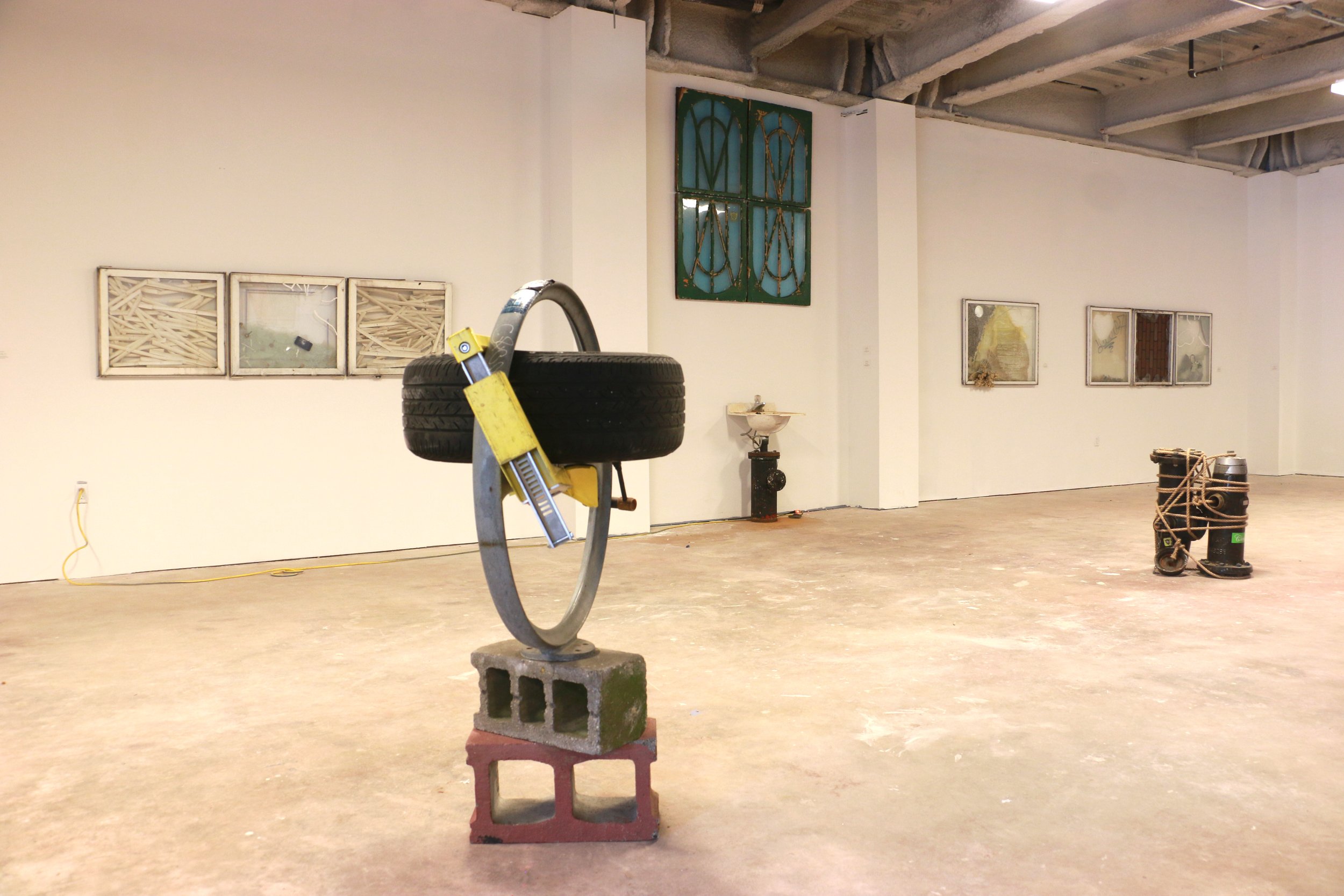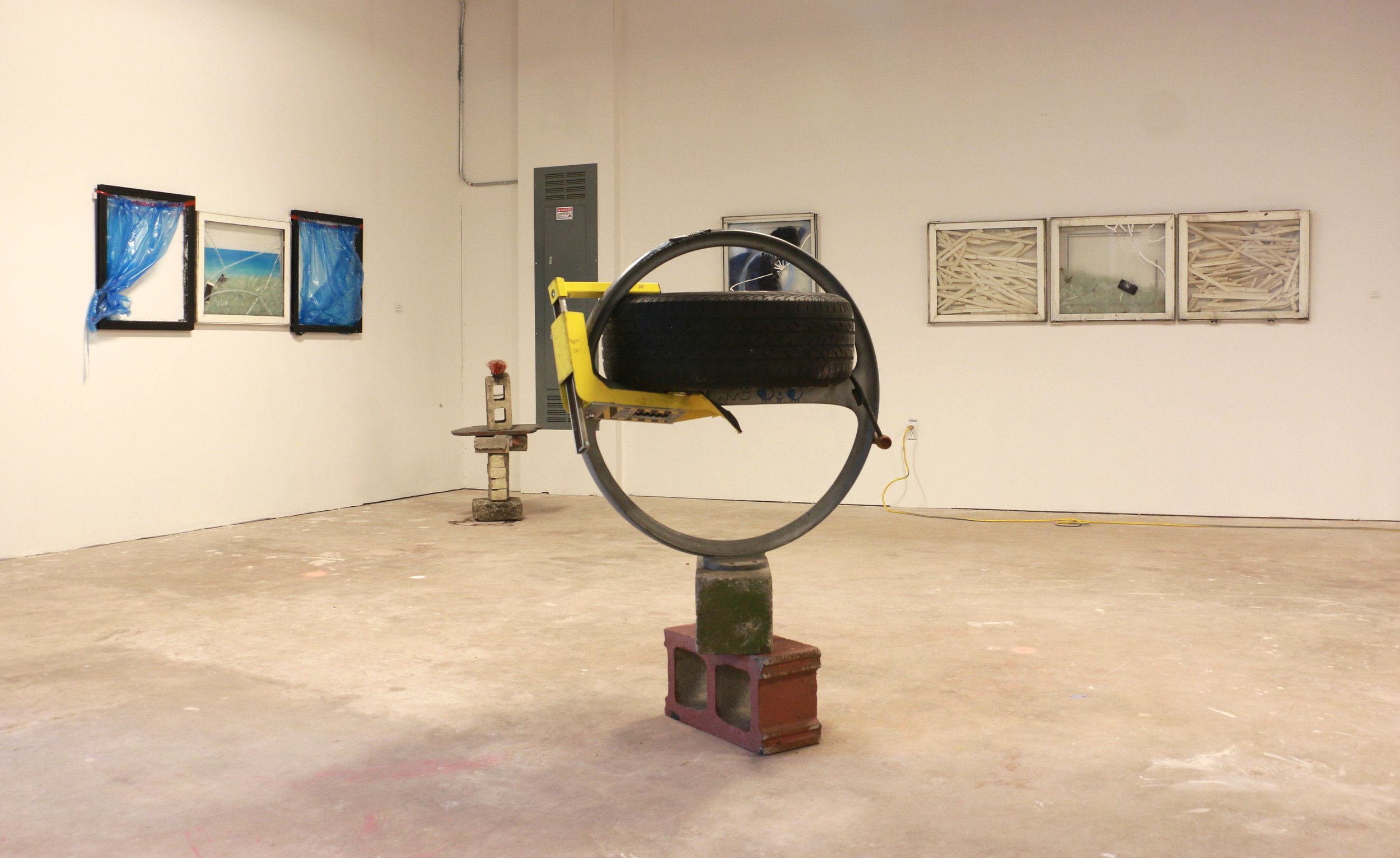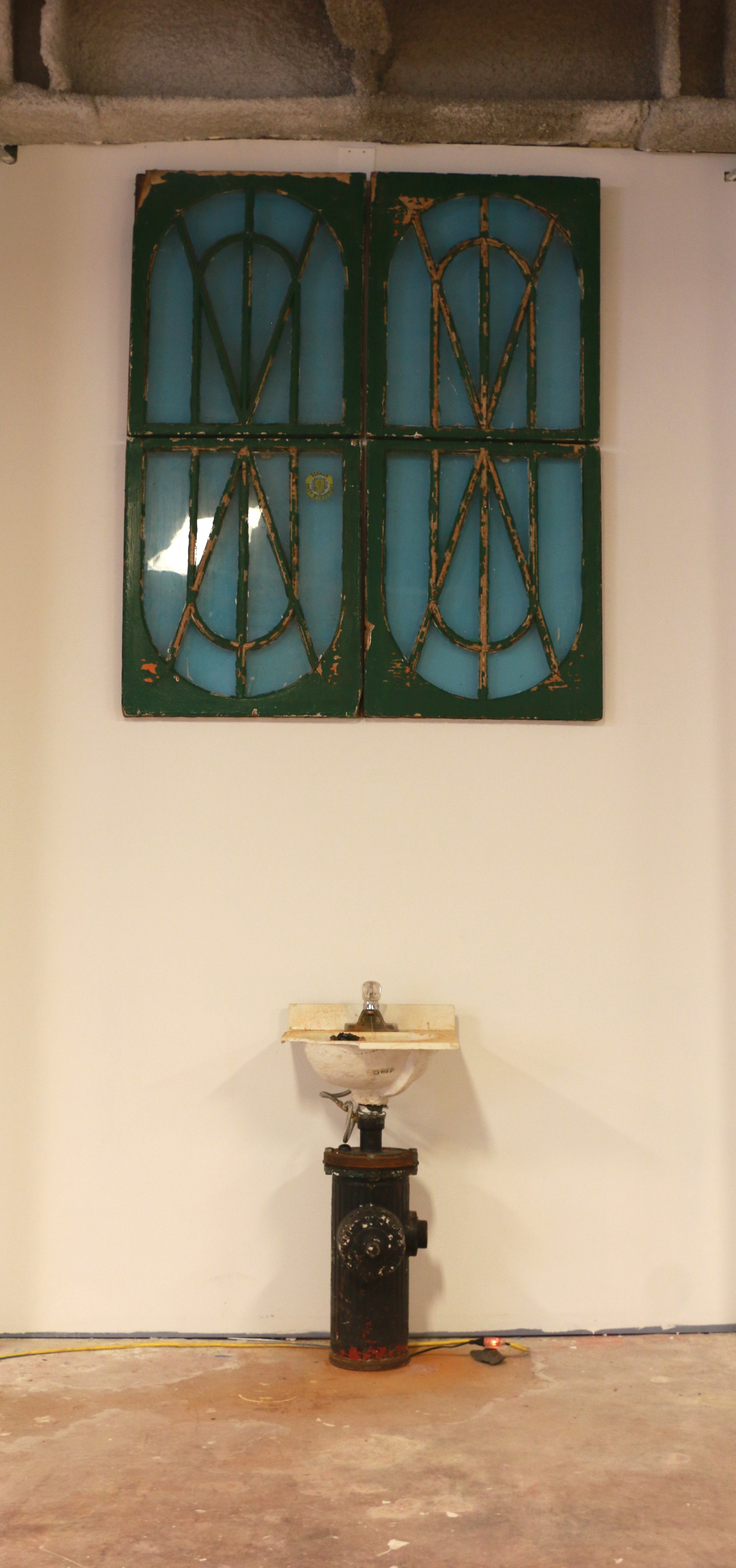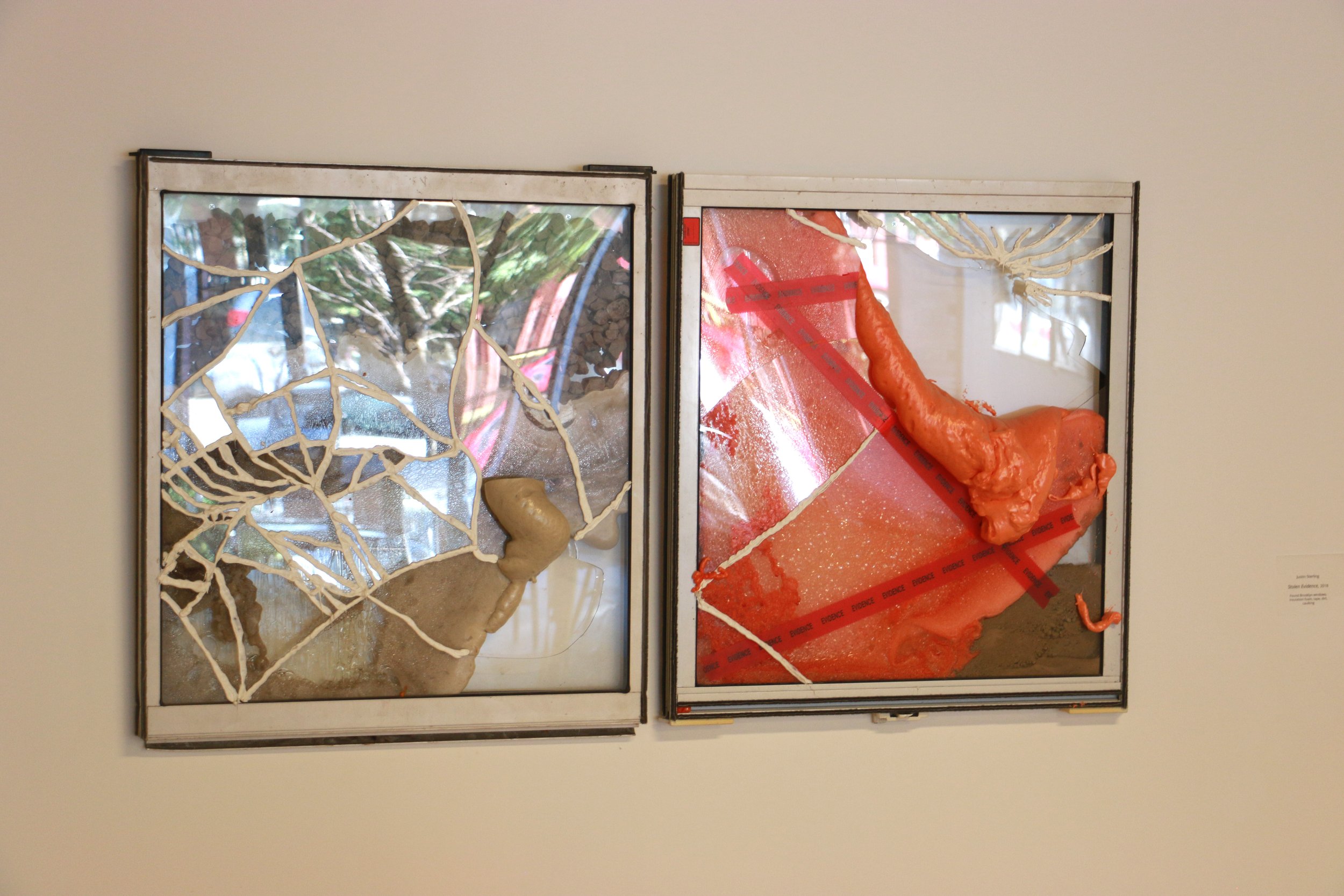
What is the economic cost to society of one broken window? As cities evolve around us, broken and discarded windows can symbolize growth, new construction, change, upward mobility, but also the loss of authenticity through the displacement of most of the previous community members. For many, one broken window is a sign that no one cares, therefore breaking more windows costs nothing. In New York City, broken windows come with the additional context of “broken windows policing,” a policy intended to make existing communities feel safer by reducing “nuisance crime;” that is maintaining public order at the lowest levels to improve the overall sense of safety and security in the community. In New York, as in many other cities, the application of this practice was very different in reality, leading to the arrest and incarceration of innumerable young men of color, and to other notoriously racist police practices such as stop and frisk, turnstile and graffiti laws, and the bolstering of the war on drugs. Does fixing the small crime fix the big crime? These policies and tactics forever changed the landscape and history of the city and specifically here, in Williamsburg. What does it mean to lose an entire neighborhood, an entire community?
Sterling investigates urban ecosystems in Broken Windows, collecting broken and abandoned objects from the city at large, often from various neighborhoods in Brooklyn and Lower Manhattan, and repurposing them, reimagining their stories. He fills them with new life, literally and figuratively, using a variety of media to express both their pasts and their futures. His aim is to unravel the way we view power, authority, and control by revealing various truths about urban ecosystems, poverty, collective memory, and bad-faith legislation. Each window, or group of windows, presents a view to a new world, as it could be. Nor does he stop with the windows; Sterling’s approach to reinterpreting our environment encompasses myriad urban objects, from fire hydrants to traffic cones, that are used in various ways to conceptualize new possibilities.
The ‘broken window’ policy was initially proposed and put in place to preserve and improve the safety and sense of community for those who lived in the areas where it was implemented. These policies later served to pave a path towards gentrification, making neighborhoods seem safer and changing urban dynamics, creating “new” areas appealing to those (primarily white people) who were fearful of Brooklyn’s energy back in the 80s. No neighborhood is without changes, but three decades of broken windows policing under the likes of Guiliani and Bratton paved the way for the rapid movement and development of North Williamsburg over the last decade, altering the makeup of the neighborhood’s residents and architecture so that only tiny pockets still remain from what once was.
The conversation taking place between the raw newness of the space, a clear signal of the neighborhood’s gentrification, and Sterling’s upfront articulation of the impact of broken windows policies, is poignant. Sterling is reclaiming a piece of the story. These windows contain hope, pride, and love, mixed with memory, regret, and the unsettling knowledge that the world is not static, or always poised to do best by us; it is fragile and we must care for it.
About the artist:
Justin Sterling is an artist working in drawing, painting, sculpture, video, installation, and performance. He treats the city as his medium as he aims to unravel the way we view power, authority, and control by revealing various truths about urban ecosystems, poverty, collective memory, and bad-faith legislation. He holds a BA in Painting and Sculpture from the University of Texas at San Antonio, and an MFA in Fine Art from Parsons New School and was a member of the inaugural Interdisciplinary Art & Theory Program at Jack Shainman Gallery (NY). His critical writing includes, “Between the Ancestors and the Living: Nari Ward at the New Museum” (2019) and “The Threshold of Perception: Ad Reinhardt’s Blue Paintings” (2017) on Artcritical. He also plays the trumpet.
About The Olympia Project:
The Olympia Project LLC is a project space and exhibition platform by independent curator Sophie Olympia Riese. The primary goal of The Project is to provide a platform for the stories and work of emerging artists who are engaging with historically overlooked and occasionally discomforting narratives. Riese's work seeks to promote an egalitarian view into the art world, making it accessible for artists and audience members alike who may have typically been excluded. Primary is the development of a conversation about the world as it is versus the world as it should be, and how current political, social, and economic conditions and considerations play into an artist’s ability to create and engage.
Riese was a co-founder of SECRET DUNGEON, a curatorial collective based in Bushwick, Brooklyn, that from 2016 to 2018 offered idiosyncratic programming intended to provide a conversational platform for artists whose work may not have been given an alternative outlet in the New York art market. Upcoming exhibitions include Real Imagined Borders by Irit Ovadia Rosenberg as part of Young Curators, New Ideas V at Detroit Art Week 2019, and Not Far From Here with Kent Andreasen and Nate Burbeck. Past exhibitions include ORCHID.Spring by Matthew Morrocco at Gallerie B.B. (Denver, CO), The Ties that Bind, Bend, Break with Jarrett Key and Brett Charles Seiler, and TENSE with Adama Delphine Fawundu at SECRET DUNGEON (Brooklyn, NY). She is a trustee of the International Studio & Curatorial Program (ISCP), a founding member of the Brooklyn Museum’s Young Leadership Council, and a patron of the Museum of Contemporary Art, Denver.
Broken Windows

















